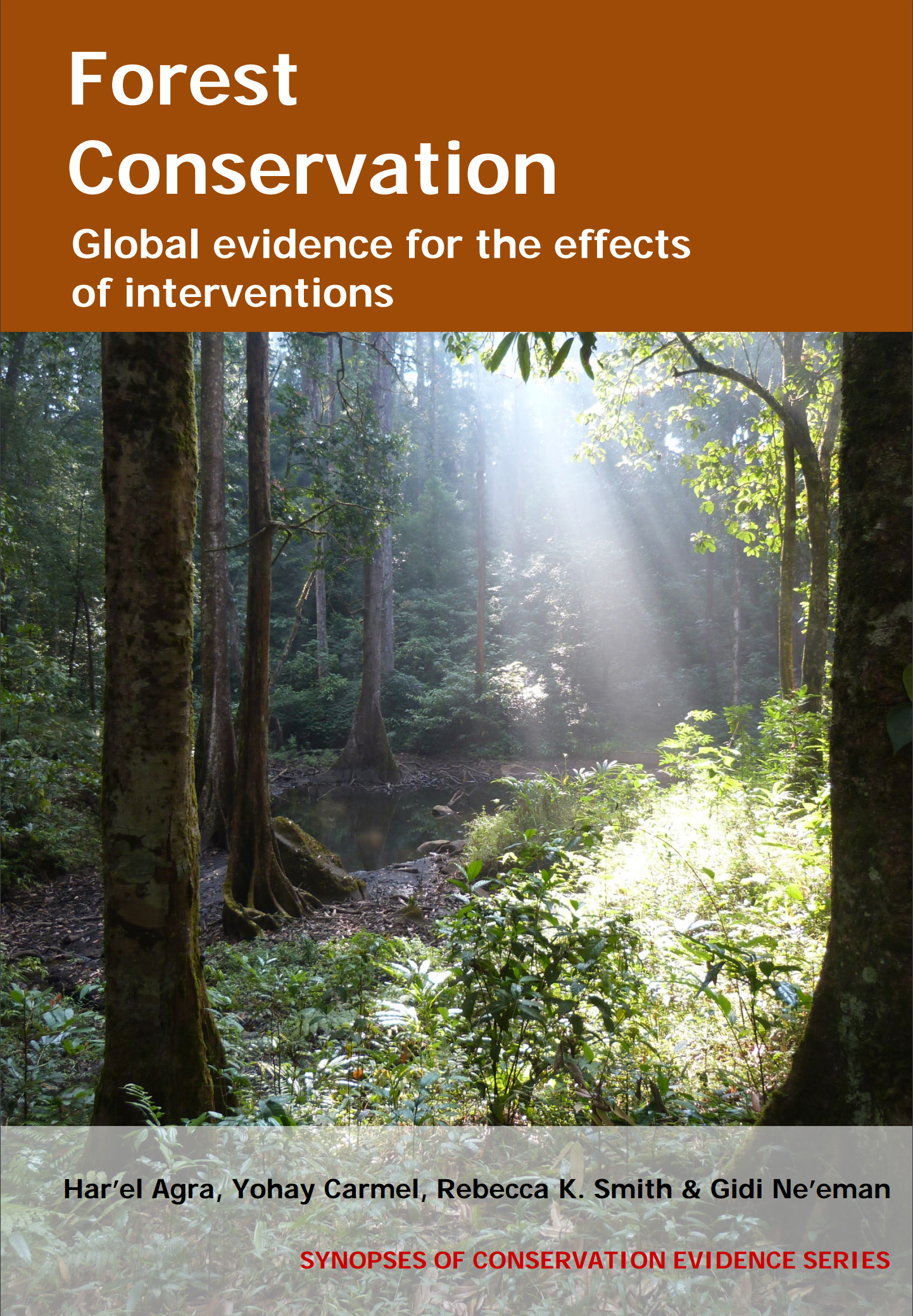Use soil disturbance to enhance germination (excluding scarification or ploughing)
-
Overall effectiveness category Unknown effectiveness (limited evidence)
-
Number of studies: 2
View assessment score
Hide assessment score
How is the evidence assessed?
-
Effectiveness
30% -
Certainty
35% -
Harms
40%
Study locations
Supporting evidence from individual studies
A replicated, controlled study in 1999-2000 in boreal forest in Alberta, Canada (Frey et al. 2003) found that different forest floor disturbance treatments decreased the cover of herbaceous plants and cranberry Viburnum edule and increased the cover of fireweed Epilobium angustifolium and the density of Populus spp. root-suckers but not its cover. Cover of fireweed was higher following soil mounding (20%) than in control plots (5%) and intermediate following soil mixing (9%) or removal of the litter layer, ‘scalping’ (7%). Cover of cranberry was lower in soil mixing (<1%) and soil mounding plots (<1%) than in control plots (2%) and intermediate in litter layer removal plots (1%). Cover of herbaceous plants was lower in soil mixing (1%) and soil mounding plots 2%) than in control (7%) and litter layer removal plots (5%). In litter layer removal plots, populus spp. cover (18%) and density of their root-suckers (122,400 stems/ha) were higher than in the other treatments (3-6% cover, 17,500-36,500 stems/ha). In May 1999, four 2x2 m plots of each of four treatments were established within each of six 10 ha forest units. Treatments were: control, soil mixing (mixing the litter layer with the upper 2-3 cm of mineral soil), soil mounding (mineral soil scooped out to form adjacent mound of mineral soil 15 cm high and 1 m in diameter) and litter layer removal (‘scalping’: litter removal leaving just 2cm of organic matter above the mineral soil). Cover of herbaceous plants was visually estimated in late July 1999. Cover of fireweed, cranberry and Populus spp., as well as the root sucker density of Populus spp., was evaluated in August 2000.
Study and other actions testedA replicated, controlled study in 1994-1999 in boreal forest in Finland (Hautala, Tolvanen & Nuortila 2008) found that removal of all vegetation (including bryophytes and lichens) decreased the cover of bryophytes and lichens after five years, while also removing the top soil layer containing organic matter (humus layer) decreased the cover of all understory vegetation. Total cover of dwarf shrubs, herbaceous plants and grasses was lower with removal of vegetation and the humus layer (<5%) than with removal of just the vegetation (~80%). Cover of bryophytes and lichens was lower with removal of vegetation and the humus layer (25%) than with removal of just the vegetation (50%), and highest in the control (75%). Data were collected in 1999 in ten plots (0.5 m2) of each vegetation removal, removal of vegetation and humus layer and control (no removal) plots. Treatments applied in 1994.
Study and other actions tested
Where has this evidence come from?
List of journals searched by synopsis
All the journals searched for all synopses
This Action forms part of the Action Synopsis:
Forest Conservation
Forest Conservation - Published 2016
Forest synopsis





)_2023.JPG)














